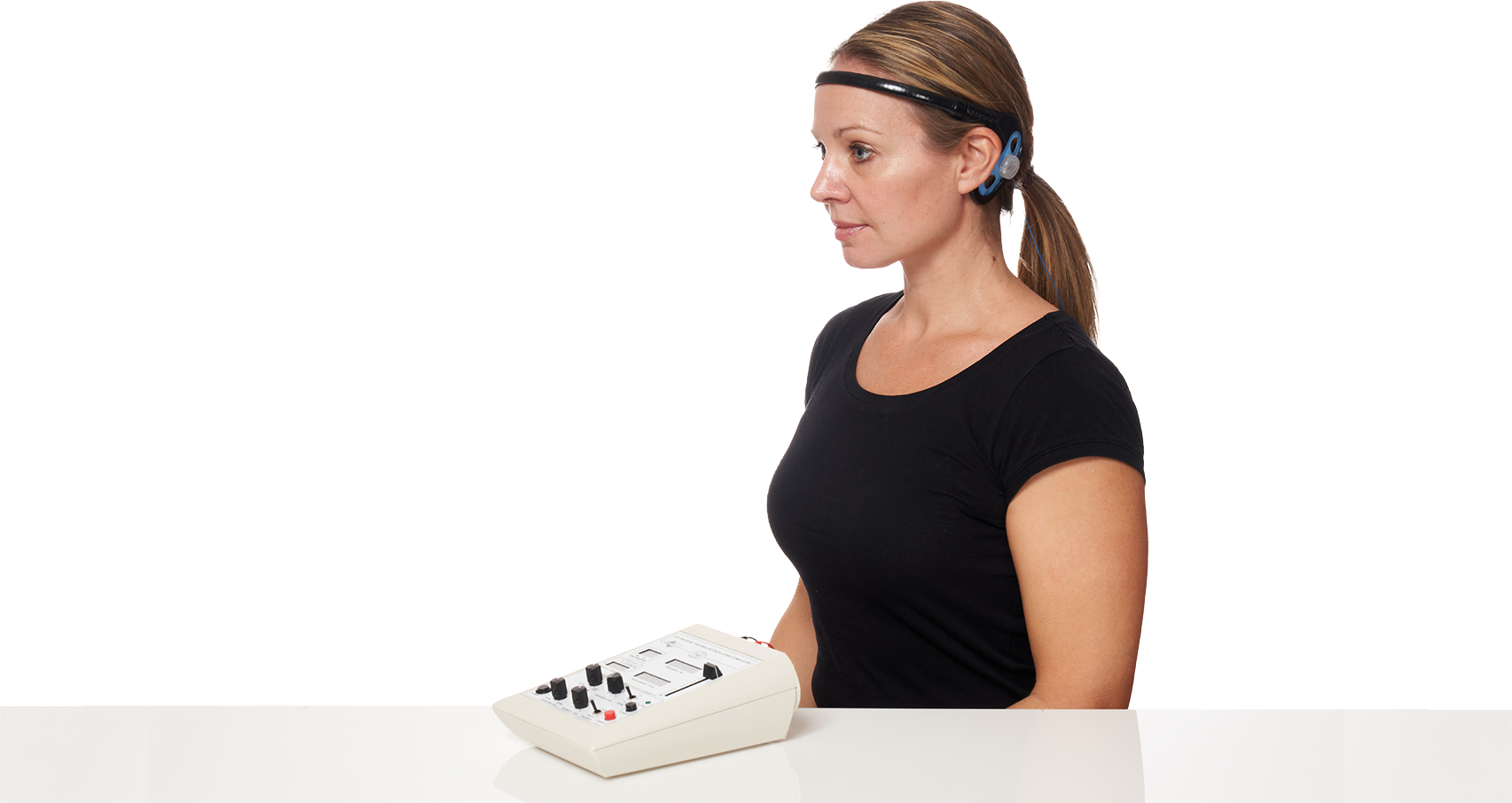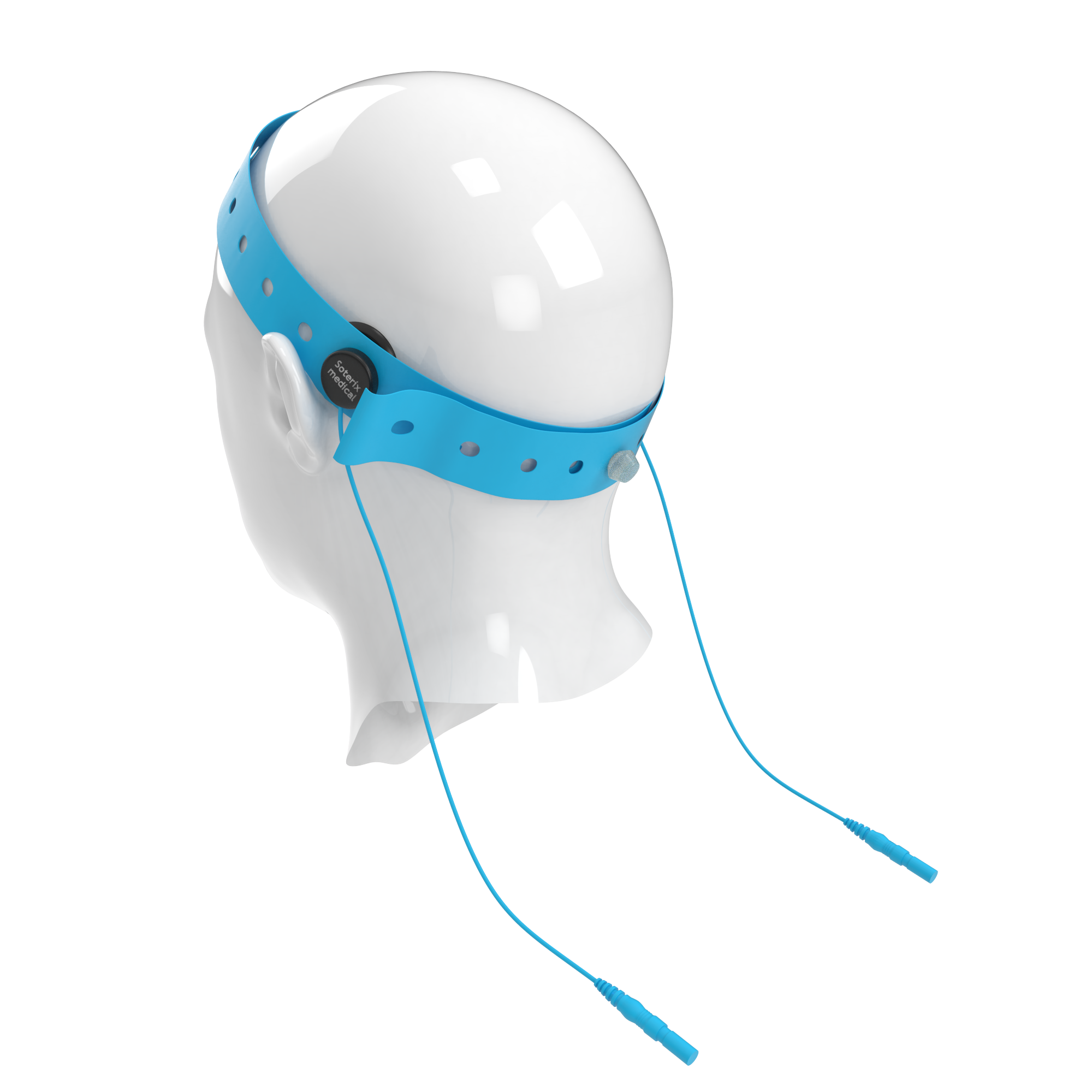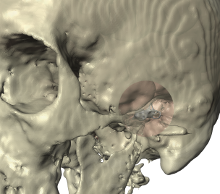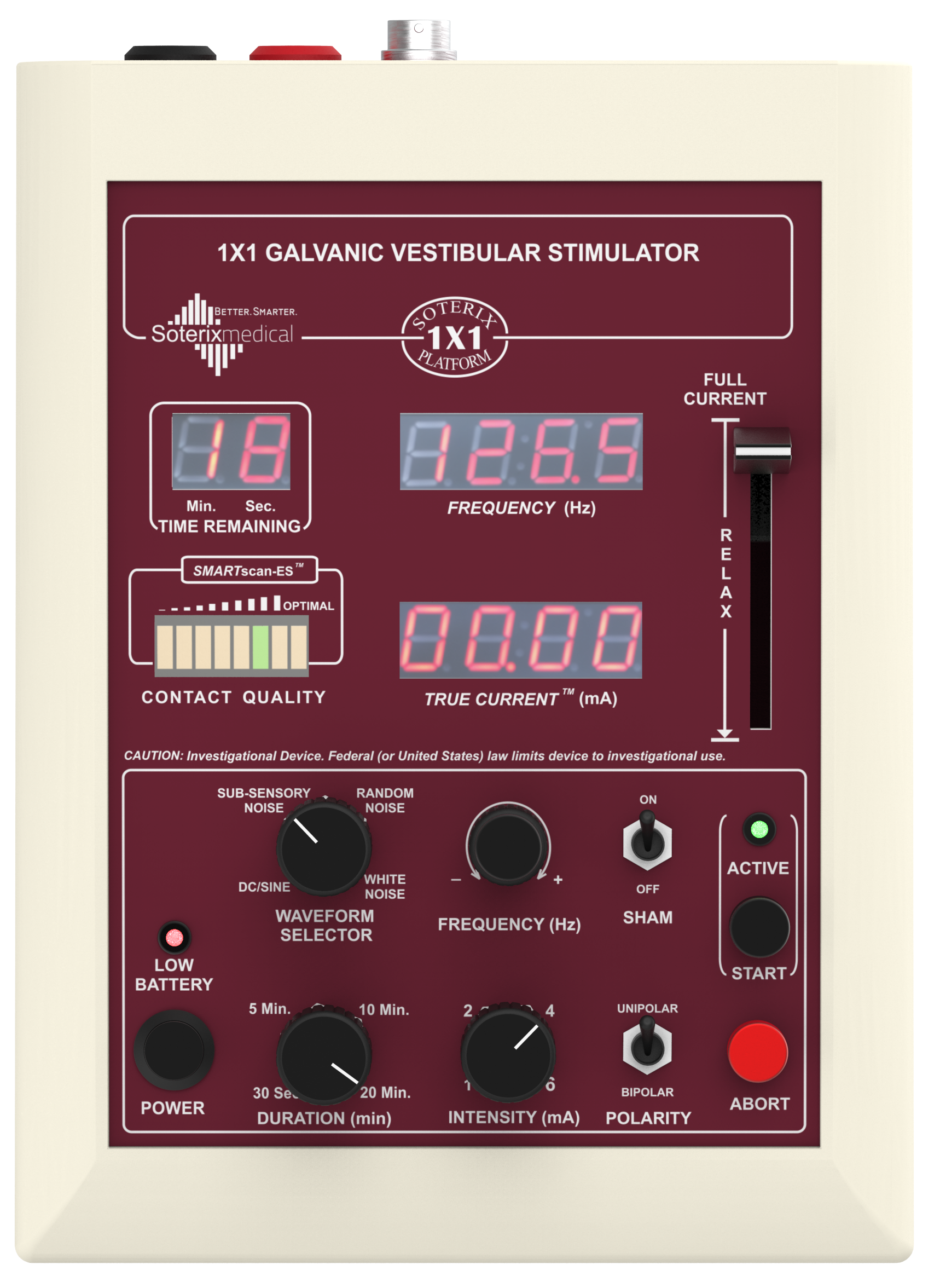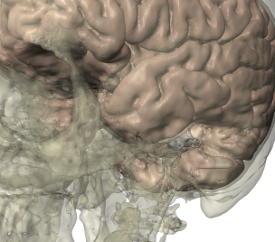
Galvanic Vestibular Stimulation (GVS) is a method of non-invasive electrical stimulation to affect the vestibular system and potentially change balance. The stimulus produces stereotyped automatic postural and ocular responses. Depending on how GVS is applied it can produce specific sensations that may be related to the anatomy and physiology of the vestibular apparatus, including the three semi-circular canals. The technology has been tested for decades for medical and non-medical applications. However, it was not until 2014 when Soterix Medical introduced the first Galvanic Vestibular Stimulation system that a stimulator, head-gear, and electrodes optimized for GVS was available. The Soterix Medical Galvanic Vestibular System is the most advanced technology available for reliable and tolerated GVS and the only system incorporating state of the art electronic and electrode technology.
One feature of GVS is the polarity specific nature of induced changes. The Soterix Medical GVS technology has two models, a Bench-top form factor with an Open-Panel design that allows easy access to all the stimulation controls and a hand-held version that can be programmed for remote supervised current delivery. The systems provide currents up to 6 mA which have been used to produce significant changes in perception but lower currents are better tolerated and may be effective when provided for a sustained period of time in producing neuro-plastic effects. The RELAX™ feature available on all Soterix Medical GVS devices allow dynamic titration of dose while SMARTScan™ provides intelligent read-out of impedance before and during stimulation. The technique of GVS has been used for a long time but the mechanisms underlying responses are not fully understood. Soterix Medical is committed to providing researchers and clinicians with modern and advanced GVS technology in support of rational advancement of science - because experimental reliability is limited by the quality of technology. Customized stimulators, head-gear, and electrodes ensure reliable contact and stimulation.
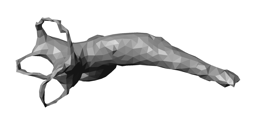

Galvanic vestibular stimulation is the process of electrical neuromodulation of brain organs associated with balance. Targets include the nerve in the ear that maintains balance, which includes two groups of receptors in the vestibular system: the three semi-circular canals, and the two otolith organs (the utricle and the saccule). Galvanic Vestibular Stimulation technology has been investigated over decades for both scientific and medical purposes, but the Soterix Medical GVS system is the first technology designed for robust and controlled stimulation.
While the technique of galvanic vestibular stimulation (GVS) has been used for some time, and the effects robust and clear, the mechanisms of GVS remain under investigation. The stimulus produces stereotyped automatic postural and ocular responses. The mechanisms underlying these responses are not understood, although they are commonly attributed to altered otolith output. It is assumed that vestibular afferents from the otoliths and semicircular canals are affected similarly by GVS.
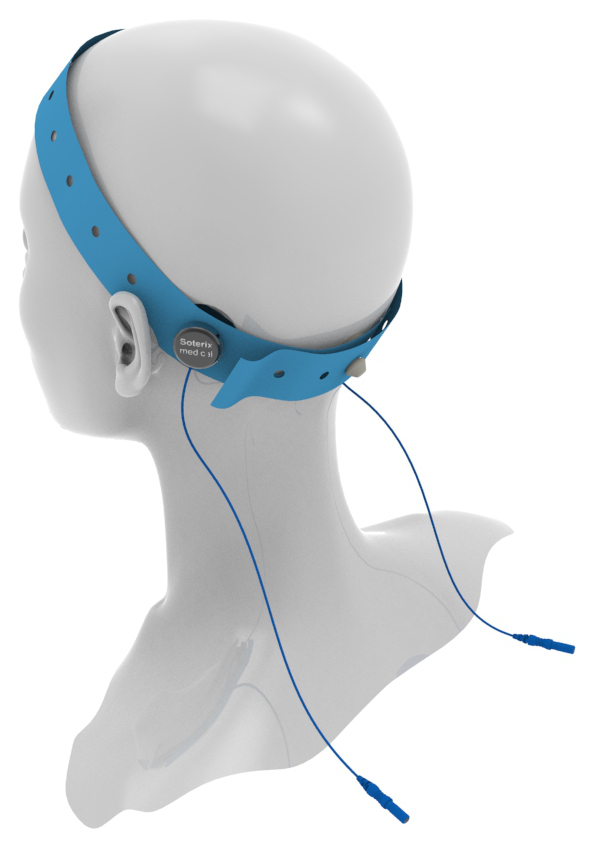
The maintenance of a stable stance in humans (and animals) involves a range of sensor apparatuses including the vestibular system. Soterix Medical GVS systems are designed to deliver direct current non-invasively to the vestibular system with electrodes placed on the mastoid bones. The Vestibular HD-Cup electrodes are designed to optimally interface mechanically and electrically with the mastoid process. One hypothesis is that GVS results in a continuous modulation of the firing rate of vestibular afferents, which manifests in a standing subject leaning in a different direction depending in the polarity of the current. Typically, subjects will lean towards the anode. However, the behavioral and potential therapeutic effects of GVS are subtler in postural sway and homeostatic response that in turn may lead to plasticity. The Soterix Medical GVS platform is the only system that allows controlled and reproducible stimulation, which is required to advance the science and treatment of GVS.
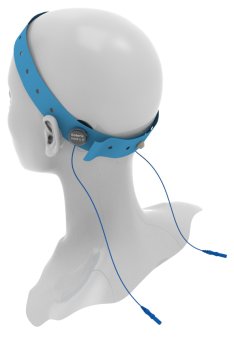
The maintenance of a stable stance in humans (and animals) involves a range of sensor apparatuses including the vestibular system. Soterix Medical GVS systems are designed to deliver direct current non-invasively to the vestibular system with electrodes placed on the mastoid bones. The Vestibular HD-Cup electrodes are designed to optimally interface mechanically and electrically with the mastoid process. One hypothesis is that GVS results in a continuous modulation of the firing rate of vestibular afferents, which manifests in a standing subject leaning in a different direction depending in the polarity of the current. Typically, subjects will lean towards the anode. However, the behavioral and potential therapeutic effects of GVS are subtler in postural sway and homeostatic response that in turn may lead to plasticity. The Soterix Medical GVS platform is the only system that allows controlled and reproducible stimulation, which is required to advance the science and treatment of GVS.
 Galvanic Vestibular
Galvanic Vestibular Galvanic Vestibular
Galvanic Vestibular